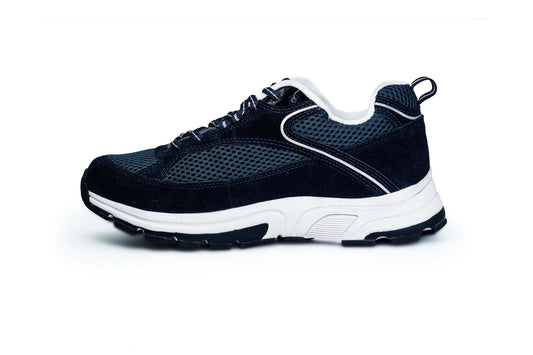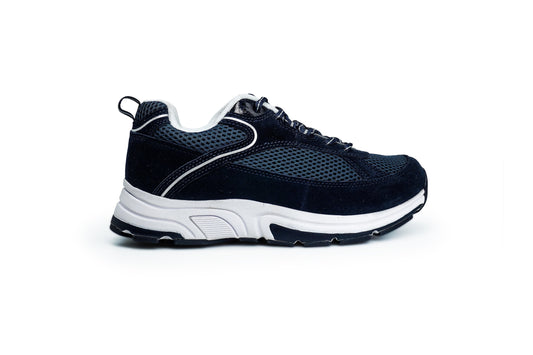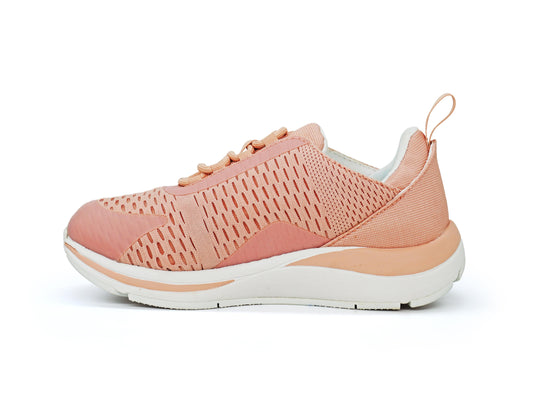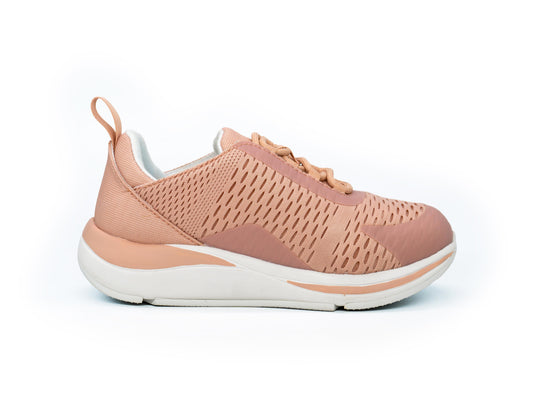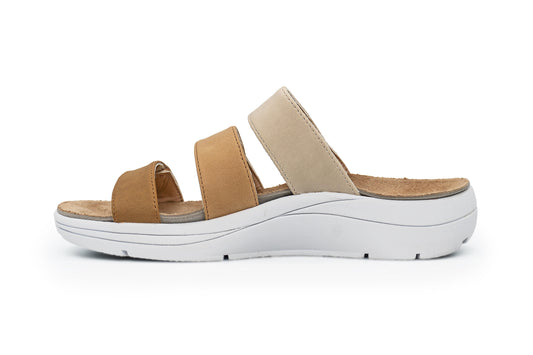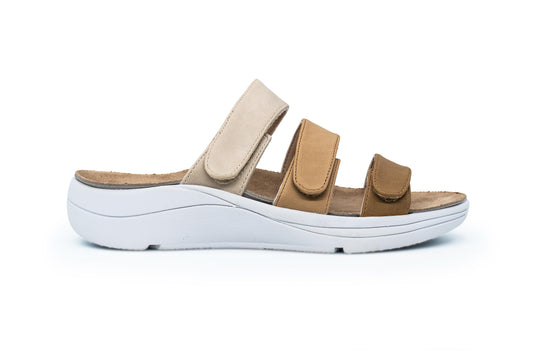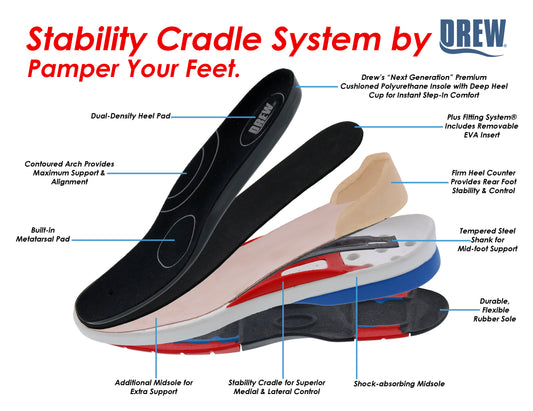HOW DO DIABETIC SHOES HELP MANAGE FOOT ULCERS AND WOUNDS

In addition to having some of the most fascinating items on the list, India is the world's diabetic capital. The most straightforward explanation for this is the increased consumption of a diet high in carbohydrates, which our bodies store as glucose, a hexose sugar. Another factor contributing to the elevated sugar level has been adherence to multinational conglomerates' cubicles and compromised physical labor. India is becoming the world's leading diabetic nation due to frequent urbanization, decreased physical activity, field work abandonment, and development-related factors. Elevated blood sugar levels are indicative of diabetes, also known medically as diabetic mellitus. The seriousness of the ailment goes to such an extent that it can lead to the amputation of your arms or legs or both, which shows that the condition also has a significant impact on your legs and feet.
How Diabetic Shoes and Foot Ulcers Are Connected
Diabetes causes various problems in the foot, primarily because of two reasons: neuropathy and poor circulation. Neuropathy, in general, and peripheral neuropathy, in particular, is the condition when the high sugar level in the blood damages the nerves in the legs and feet. Due to this, the individual will experience numbness, tingling, or loss of sensation in their feet. Thus, they will not be able to feel cuts, blisters, or abrasions that may quickly turn into ulcers.
Poor circulation is also a common issue in diabetics. When the blood sugar level is too high, it can damage blood vessels, making the flow of oxygen and nutrients to the feet minimal. As a result, it becomes more challenging for the body to heal any wounds or ulcers that occur. Foot ulcers are open sores or wounds that occur on the feet and can be found at the bottom of the foot or on the toes. If left untreated, these ulcers can become infected, leading to more serious complications.
How Do Diabetic Shoes Cure Foot Ulcers and Wounds?

Prevention is the most important strategy in managing diabetic foot ulcers. Diabetic shoes are designed to prevent the formation of ulcers and wounds through specific features that help in their prevention. These shoes cover several aspects of foot health, including pressure distribution, cushioning, and protection.
- Pressure Distribution: Diabetic shoes are designed to distribute the weight and pressure evenly across the entire foot. For a diabetic, uneven pressure on certain areas of the foot leads to the formation of calluses, blisters, and eventually ulcers. The shoes help prevent these problems by ensuring that no one area of the foot bears excessive weight. For instance, shoes with a wide toe box and cushioned insoles can alleviate pressure from sensitive areas of the foot.
- Shock Absorption and Cushioning: Individuals suffering from diabetes must have adequate cushioning. They are susceptible to foot ulcers, so people who are likely to develop such conditions should have shock-absorbing materials in their insoles made of soft cushioning materials for the cushioning of feet from impact. These cushioning aspects reduce abrasion or wounds because of friction on the feet. Ample cushioning also offers shock absorption to the shoes to reduce strain on the feet and lower extremities while walking or standing.
- Protection from External Trauma: Diabetic shoes are developed with the idea of protecting the foot from outside traumas. Durable and at the same time flexible materials, along with good stability, give support to the foot in such shoes. A lot of diabetic shoes are even reinforced with toe areas so as not to damage the feet during accidental drops or bumps. The sole may also be a rocker sole, which allows for smoother and more natural foot movements, further diminishing the likelihood of falls and trips that could lead to injuries.
How Do Diabetic Shoes Heal Existing Wounds and Ulcers?
While the creation of diabetic shoes is primarily for prevention purposes, they can also help an ulcer or wound that already exists start healing more effectively. For people already suffering from an ulcer, proper footwear becomes much more important because diabetic shoes can help in healing:
- Pressure Relief: Diabetic shoes reduce pressure on the ulcer by providing a cushioning effect. This is very important for ulcers on the bottom of the foot or toes, where pressure from walking can worsen the wound. Diabetic shoes redistribute pressure away from the affected area, thus creating an environment conducive to healing.
- Reducing Friction and Shear Forces: Ulcers can become irritated by friction and shear forces caused by poorly fitting shoes. Diabetic shoes have seamless interiors and soft linings to reduce friction between the shoe and the foot. This minimizes the risk of further irritation, which can delay healing or cause the ulcer to become infected.
- Better Blood Circulation: Often, diabetic shoes are designed to help improve blood flow and thus are provided with adjustable closure options, either through Velcro straps or lace-up designs, allowing for proper fit. Thus, the foot does not have too tight an embrace that will cause a constriction of the blood flow or loose, which could rub and cause irritation. In that case, a proper fit improves circulation and helps heal the foot better.Without an ounce of doubt, it can be concluded that for people with diabetes, foot ulcers and wounds are a major concern that can have fatal implications of gangrene and amputation. However diabetic shoes can provide a strong line of defense in managing and preventing these issues. Diabetic shoes offer pressure distribution, cushioning, protection, and improved blood circulation, all of which can help to reduce the risk of developing foot ulcers and promote the healing of existing wounds. When combined with good foot care practices, such as regular monitoring for cuts and abrasions, proper hygiene, and frequent visits to a healthcare professional, diabetic shoes can play an essential role in managing diabetic foot health and preventing serious complications. Proper footwear is not just a convenience but a critical aspect of managing diabetes and ensuring a better quality of life for those living with the condition.
Take the Next Step Towards Comfort and Care
Discover the perfect balance of support, style, and expert guidance for your feet. Explore our collection of orthopedic and diabetic shoes designed to keep you moving with ease.
Start your journey to happy, healthy feet today!
Visit us at DiabeticShoe for more tips, insights, and footwear solutions.
Stay Connected:
Follow us on Facebook, Instagram, YouTube, LinkedIn, Twitter, Pinterest, and Quora for updates, advice, and more informative content.

